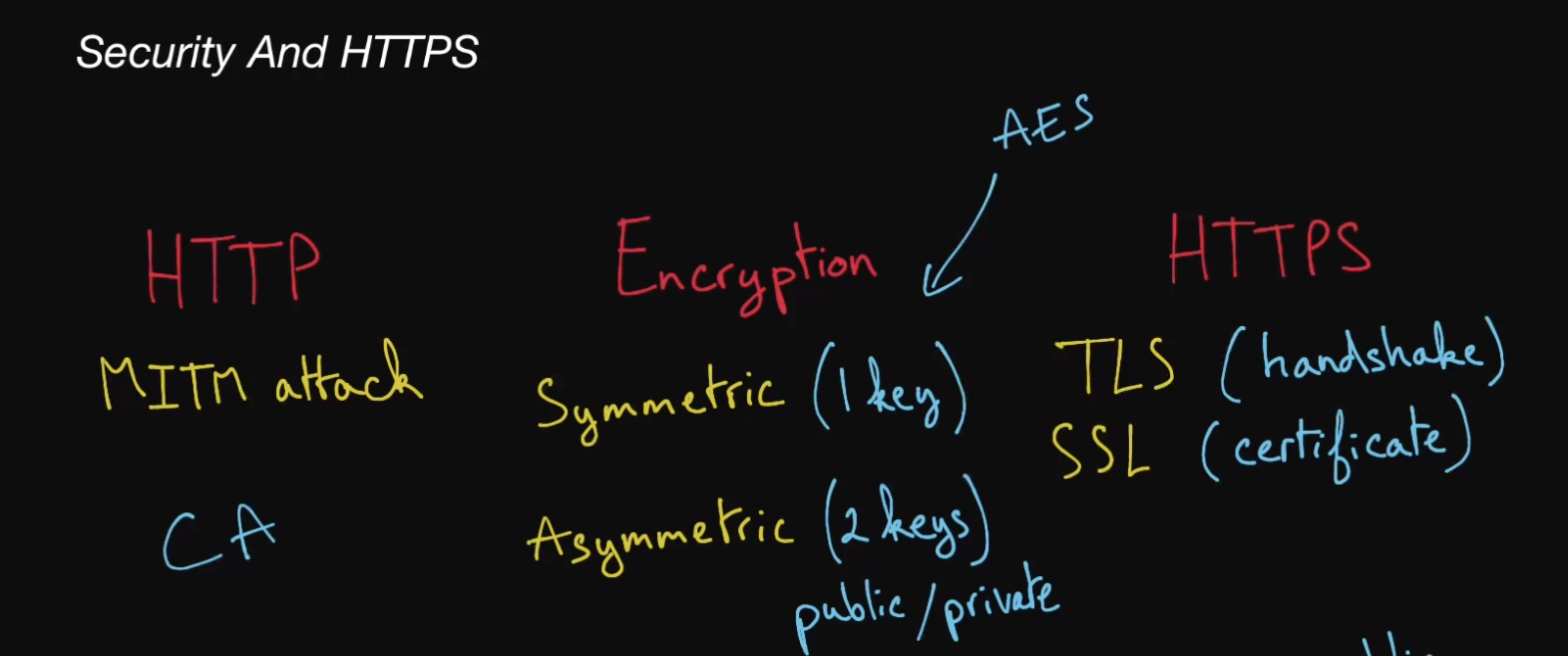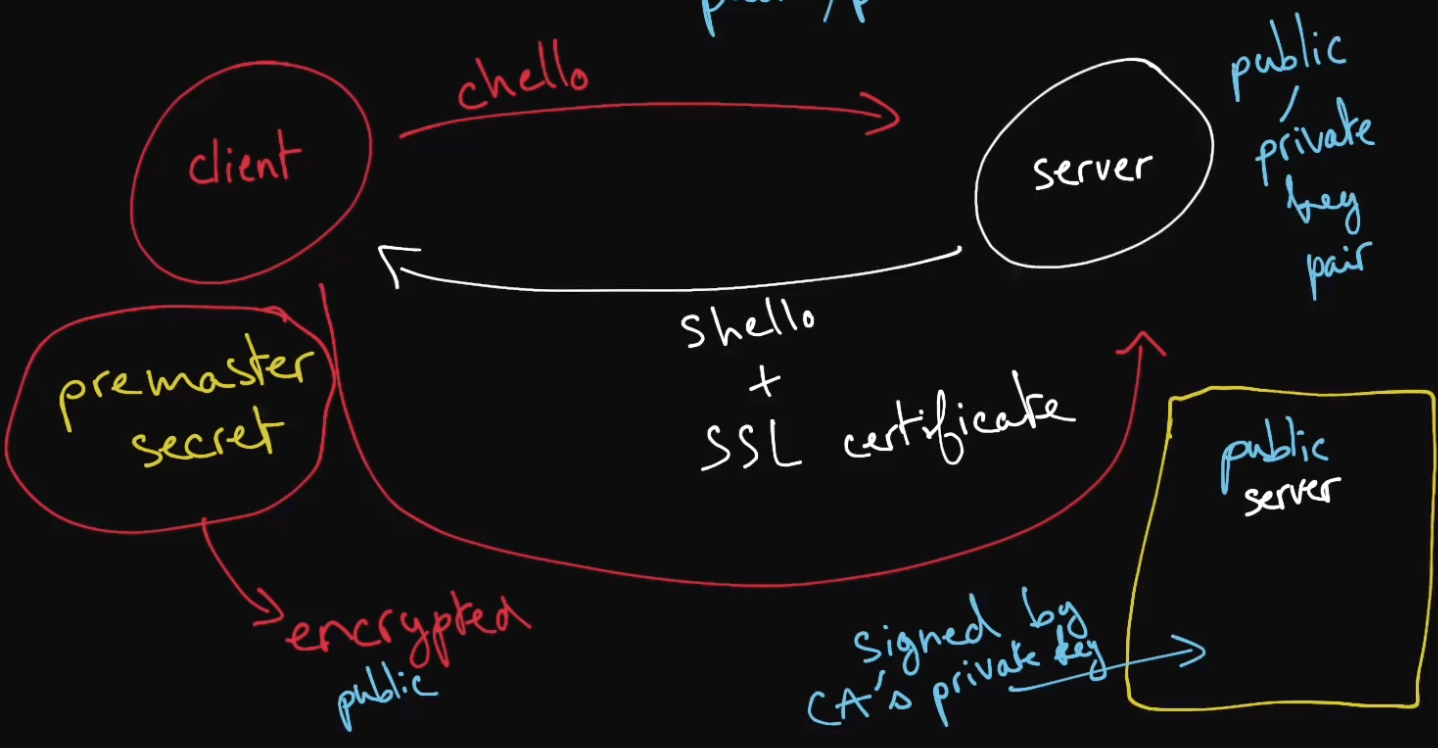On this page
Man-In-The-Middle Attack (MITM)
an attack in which the attacker intercepts a line of communication that is thought to be private by its 2 communicating parties
if a malicious actor intercepted and mutated an IP packet on its way from a client to a server, that would be a man-in-the-middle attack
MITM attacks are the primary threat that encryption and HTTPS aim to defend against
Symmetric Encryption
a type of encryption that relies on only a single key to both encrypt and decrypt data
the key must be known to all parties involved in communication and must be shared between parties at 1 point or another
Symmetric-key algorithms tend to be faster than their asymmetric counterparts
the most widely used symmetric-key algorithms are part of the Advanced Encryption Standard (AES)
Symmetric encryption by itself would not solve the HTTP vulnerability
this is because sharing of common key between the client and server requires it to be shared over a security communications channel
otherwise it will still be vulnerable to MITM attack
Asymmetric Encryption
also known as public-key encryption, it relies on 2 keys
a public key and private key to encrypt and decrypt data
the keys are generated using cryptographic algorithms and are mathematically connected such that data encrypted with the public key can only be decrypted with the private key
while the private key must be kept secure to maintain the fidelity of this encryption paradigm, the public key can be openly shared
asymmetric-key algorithms tend to be slower than their symmetric counterparts
Advanced Encryption Standard (AES)
is a widely used encryption standard that has 3 symmetric-key algorithms
AES-128, AES-192, AES-256
AES is considered to be the "gold standard" in encryption and is even used by the US National Security Agency to encrypt top secret information
HyperText Transfer Protocol Secure (HTTPS)
it is an extension of HTTP that's used for secure communication online
it requires servers to have trusted certificates (usually SSL certificates)
uses the Transport Layer Security (TLS), a security protocol built on top of Transmission Control Protocol (TCP)
to encrypt data communicated between a client and a server
Transport Layer Security (TLS)
is a security protocol over which HTTP runs in order to achieve secure communication online
HTTP over TLS is also known as HTTPS
Secure Sockets Layer (SSL) Certificate
is a digital certificate granted to a server by a certificate authority
contains the server's public key, to be used as part of the TLS handshake process in HTTPS connection
an SSL certificate effectively confirms that a public key belongs to the server claiming it belongs to them
SSL certificates are a crucial defense against mam-in-the-middle attacks
Certificate Authority
a trusted entity that signs digital certificates
namely SSL certificates that are relied on in HTTPS connections
TLS Handshake
the process through which a client and a server communicating over HTTPS exchange encryption related information and establish a secure communication
the typical steps in a TLS handshake are roughly as follows
the client sends a client hello "a string of random bytes" to the server
the server responds with a server hello "another string of random bytes" as well as its SSL certificate, which contains its public key
the client verifies that the certificate was issued by a certificate authority and sends a premaster secret yet another string of random bytes,
this time encrypted with the server's public key to the server
the client and the server use the client hello, the server hello, and the premaster secret to then generate same symmetric-encryption session keys
to be used to encrypt and decrypt all data communicated during the remainder of the connection

